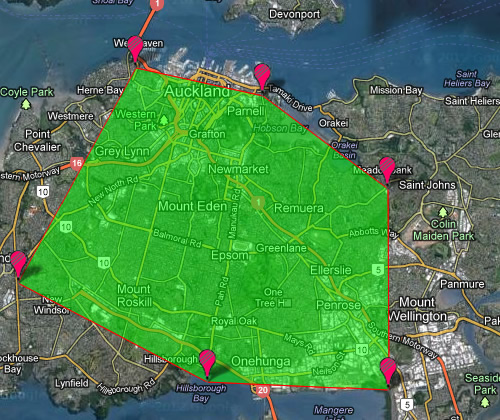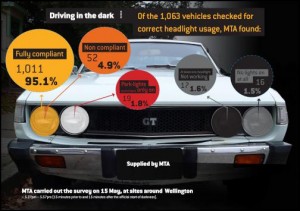Super 15 Predictions, Round 15
Team Ratings for Round 15
This year the predictions have been slightly changed with the help of a student, Joshua Dale. The home ground advantage now is different when both teams are from the same country to when the teams are from different countries. The basic method is described on my Department home page.
Here are the team ratings prior to Round 15, along with the ratings at the start of the season.
| Current Rating | Rating at Season Start | Difference | |
|---|---|---|---|
| Crusaders | 7.62 | 9.03 | -1.40 |
| Bulls | 5.89 | 2.55 | 3.30 |
| Chiefs | 3.81 | 6.98 | -3.20 |
| Brumbies | 3.10 | -1.06 | 4.20 |
| Sharks | 2.33 | 4.57 | -2.20 |
| Stormers | 2.01 | 3.34 | -1.30 |
| Waratahs | 0.92 | -4.10 | 5.00 |
| Blues | 0.08 | -3.02 | 3.10 |
| Reds | -0.14 | 0.46 | -0.60 |
| Cheetahs | -0.91 | -4.16 | 3.20 |
| Hurricanes | -1.75 | 4.40 | -6.10 |
| Highlanders | -6.51 | -3.41 | -3.10 |
| Force | -8.28 | -9.73 | 1.50 |
| Rebels | -8.50 | -10.64 | 2.10 |
| Kings | -14.46 | -10.00 | -4.50 |
Performance So Far
So far there have been 88 matches played, 59 of which were correctly predicted, a success rate of 67%.
Here are the predictions for last week’s games.
| Game | Date | Score | Prediction | Correct | |
|---|---|---|---|---|---|
| 1 | Hurricanes vs. Chiefs | May 17 | 12 – 17 | -2.70 | TRUE |
| 2 | Rebels vs. Stormers | May 17 | 30 – 21 | -9.50 | FALSE |
| 3 | Force vs. Sharks | May 17 | 13 – 23 | -6.00 | TRUE |
| 4 | Crusaders vs. Blues | May 18 | 23 – 3 | 8.10 | TRUE |
| 5 | Waratahs vs. Brumbies | May 18 | 28 – 22 | -0.80 | FALSE |
| 6 | Bulls vs. Highlanders | May 18 | 35 – 18 | 16.30 | TRUE |
| 7 | Cheetahs vs. Reds | May 18 | 27 – 13 | 1.20 | TRUE |
Predictions for Round 15
Here are the predictions for Round 15. The prediction is my estimated expected points difference with a positive margin being a win to the home team, and a negative margin a win to the away team.
| Game | Date | Winner | Prediction | |
|---|---|---|---|---|
| 1 | Chiefs vs. Crusaders | May 24 | Crusaders | -1.30 |
| 2 | Rebels vs. Waratahs | May 24 | Waratahs | -6.90 |
| 3 | Blues vs. Brumbies | May 25 | Blues | 1.00 |
| 4 | Force vs. Highlanders | May 25 | Force | 2.20 |
| 5 | Kings vs. Cheetahs | May 25 | Cheetahs | -11.00 |
| 6 | Stormers vs. Reds | May 25 | Stormers | 6.20 |
| 7 | Sharks vs. Bulls | May 25 | Bulls | -1.10 |

